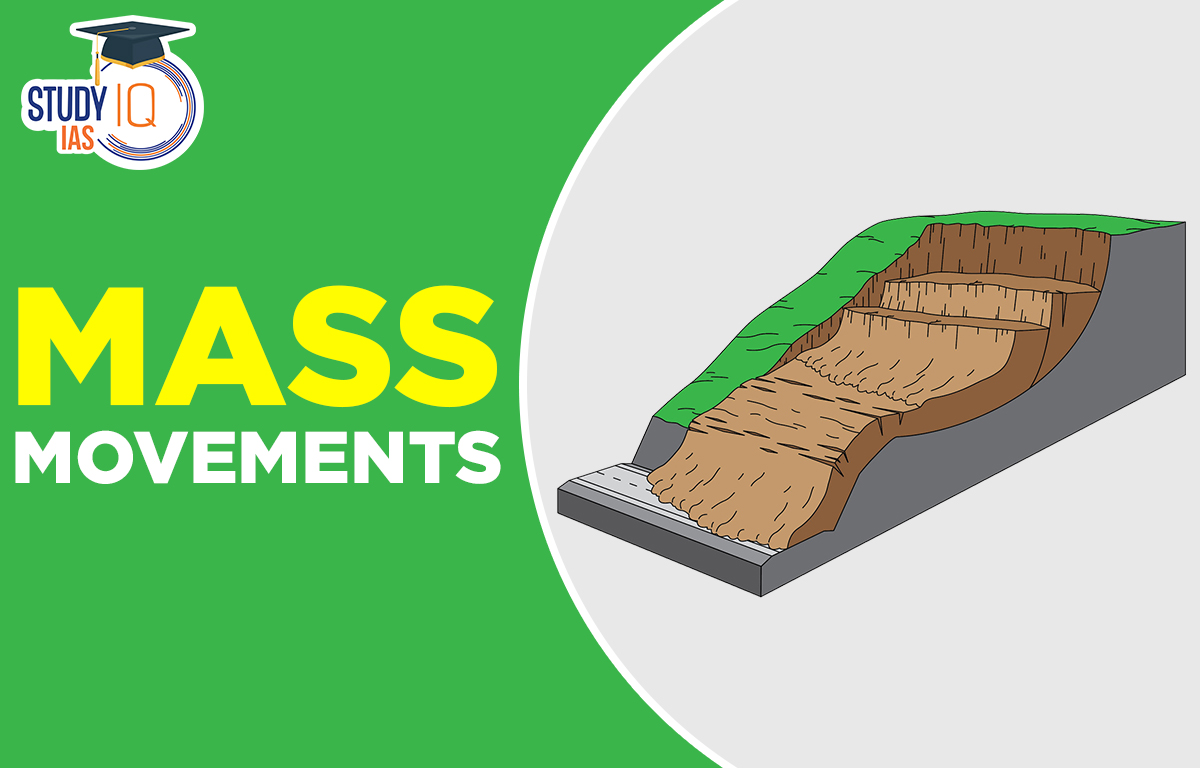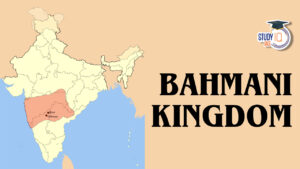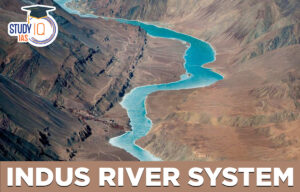Table of Contents
Mass Movement
Mass Movements can be defined as the transferring of mass of rock and debris down the slopes under the direct influence of gravity.The speed of mass movement might be slow or fast. Gravity facilitates mass motions, which are unaffected by geomorphic factors such flowing water, glaciers, wind, waves, etc. Even though there is a change in the materials, erosion is not a category that applies to mass movement. Mass movement is a function of force of gravity and not any geomorphic agents like running water, wind, waves, etc. Hence, it can be safely assumed that weathering is not a prerequisite for mass movement though it aids mass movements.
Mass Movement is a common phenomenon in areas with unconsolidated materials, thinly bedded rocks, faults, abundant precipitation, scarcity of vegetation, etc. There are a number of mass movement activating factors like removing support from below through natural and artificial means, increase in gradient or slope, heavy earthquakes, natural seepage, removal of natural vegetation, etc.
Mass Movement Modes
The Mass Movement is followed by different modes of movement downhill, like slide, flow, and heave.
1. Slide
In slide movement, the maximum motion is found along the base of the moving mass. A clear visible layer divides the mobile upper layer and stable lower mass, and the plane separating is called a shear plane. Sliding may occur under dry conditions, but the presence of water provides a greater speed to sliding.
2. Flow
In flow movement the material above the shear plane reaches the maximum speed at top, while rate of movement diminishes with increasing depth till it reaches zero along the shear plane. Water also aids the flow movement further.
3. Heave
This type of mechanism moves particles ranging from the size of fine clay to large boulders. A very slow rate is maintained.
Types of Mass Movements in Geography
Types of Mass Movements are classified based on the rate at which mass movements occur. They range from slow mass movement to rapid mass movement.
1. Solifluction
In the solifluction process the soil flow covers the surface with water saturated mass. The flow is completely water dependent. As water content increases soil cover changes from soggy matter and loses cohesive strength. The frictional force acting decreases enabling gravity to move the weathered layer on the slope. Solifluction is a slow process as compared to other types of mass movement. The ground that experiences solifluction is broken into gentle, terrace-like features.
2. Soil Creep
This is a widespread mass movement that can be found everywhere across the Earth’s surface. The surface requires minimum support; the surface should be very steep to experience soil creep. The soil creep can involve any kind of debris, and it is not moisture dependent; hence, any kind of climate is suitable.
Surfaces experiencing soil creep can be easily identified with trees having downward bend at their trunks, tilt in exposed rock beds, etc. In mountainous areas heaps of weathered matter are collected at the base of slopes, this is one of the examples of soil creep.
3. Mudflow and Earthflow
The process of earthflow and mudflow is very similar to that of other mass weathering phenomena. The mudflow occurs on a large scale. On the contrary, earth flow happens on any surface in a localised manner. Mud flow is characteristic to valleys and has very rapid movement. Absence of vegetation and heavy rainfall further aids the mud flow.
4. Landslide
Landslides are the most devastating, sudden rapid slide movements capable of transporting and burying settlements and destroying the ecosystem for a very long time. It is most common in areas that have steep slopes and unconsolidated soil surfaces. Triggering factors are heavy rainfall and earthquakes. The landslides are also experienced with debris and rockfall. Anthropogenic activities like constructing railway lines on high mountains on unconsolidated platforms, quarrying, and excavating further increase the risk of vulnerable places.
5. Liquefaction
Solid surfaces shake during earthquake tremors. This allows clay rich rocks to behave like plastic matter, thus causing liquefaction. It can uproot buildings and their foundations altogether.
6. Avalanche
Any sudden and disastrous landslides may be called an avalanche. It is a phenomenon in humid regions. It involves rapid weathered rock mass movement.
Difference between Weathering, Erosion and Mass Movement
The table shows the difference between Weathering, Erosion and Mass Movement
| Weathering | Erosion | Mass Movement |
| Weathering can be defined as the process of breaking up or decomposing of rocks by the action of water, air, chemicals, plants or animals. | Erosion is a process in which Earth materials are worn away and transported by natural forces such as wind and water. | Mass movements can be defined as the transferring of mass of rock and debris down the slopes under the direct influence of gravity. |
| In weathering, the materials are not displaced after breaking up. | In erosion the broken up materials are displaced by the natural agents. | The rocks and debris move under the influence of gravity only and not any other geomorphic agents like wind, water, |
| Different types of weathering include physical, chemical and biological weathering. | Different types of erosion include soil erosion, shoreline erosion etc. | Mass movements are commonly found in areas with unconsolidated materials, thinly bedded rocks, faults, abundant precipitation, scarcity of vegetation. |
| The weathering phenomenon is generally caused by atmospheric factors like air pressure, rainfall, frost, water, etc. | While the agents of erosion activities are water, wind, ice, human activities etc. | Gravity is the only cause for mass movement. They are of two types: slow and rapid mass movements. |
| Example: Mechanical weathering- Breaking up of rocks by the action of tree roots.
Chemical weathering- Weathering of rocks due to acid rain |
Example: Sheet erosion, Rills, Ravines are forms of soil erosion caused by water as a natural agent. | Example: Soil Creep, LandSlide, Avalanche. |
Mass Movement UPSC
Mass Movement is a common phenomenon in areas with unconsolidated materials, thinly bedded rocks, faults, abundant precipitation, scarcity of vegetation, etc. There are a number of mass movement activating factors like removing support from below through natural and artificial means, increase in gradient or slope, heavy earthquakes, natural seepage, removal of natural vegetation, etc.
These notes are of immense importance for UPSC IAS aspirants. This article discusses about mass movements.


 Bahmani Kingdom (1347-1527 AD), History,...
Bahmani Kingdom (1347-1527 AD), History,...
 Indus River System, Tributaries, and Sin...
Indus River System, Tributaries, and Sin...
 Jallianwala Bagh Massacre, Date, History...
Jallianwala Bagh Massacre, Date, History...





















